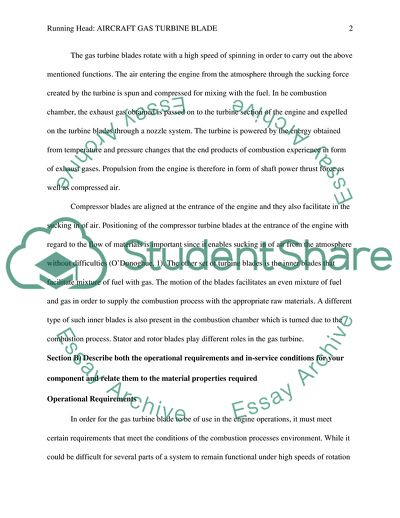Cite this document
(Aircraft Gas Turbine Blade Coursework Example | Topics and Well Written Essays - 2000 words, n.d.)
Aircraft Gas Turbine Blade Coursework Example | Topics and Well Written Essays - 2000 words. https://studentshare.org/engineering-and-construction/1754190-manufactoring-materials
Aircraft Gas Turbine Blade Coursework Example | Topics and Well Written Essays - 2000 words. https://studentshare.org/engineering-and-construction/1754190-manufactoring-materials
(Aircraft Gas Turbine Blade Coursework Example | Topics and Well Written Essays - 2000 Words)
Aircraft Gas Turbine Blade Coursework Example | Topics and Well Written Essays - 2000 Words. https://studentshare.org/engineering-and-construction/1754190-manufactoring-materials.
Aircraft Gas Turbine Blade Coursework Example | Topics and Well Written Essays - 2000 Words. https://studentshare.org/engineering-and-construction/1754190-manufactoring-materials.
“Aircraft Gas Turbine Blade Coursework Example | Topics and Well Written Essays - 2000 Words”. https://studentshare.org/engineering-and-construction/1754190-manufactoring-materials.


